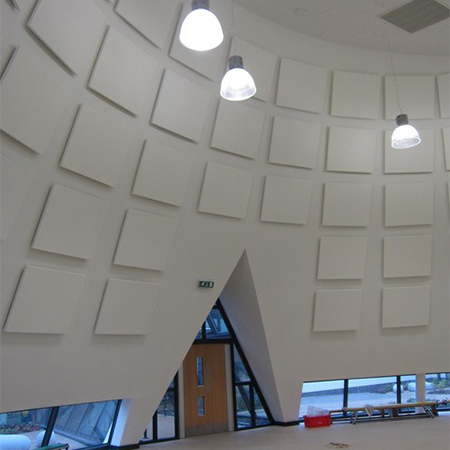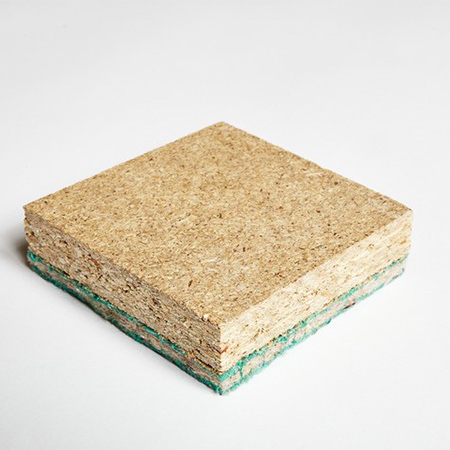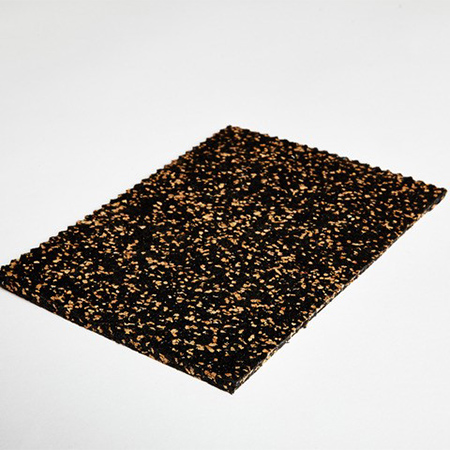If you live in a house which is plagued by creaking floorboards, or you are working with a client whose property suffers from this nuisance, finding a practical solution to the problem may not always be easy to identify at first. Floor construction methods differ from property to property and unless you begin removing floor coverings and the structural deck, the best combination of products to apply may not be 100% obvious.
What we do know, however, is that many modern houses built since the 1960s are likely to have been constructed using timber joisted separating floors and plasterboard ceilings. While the type of joists, the depth and quality of the original workmanship will vary from house to house, if the property is of this type and it is affected by creaking floors, your action plan could start as Hush Acoustics explains in this article.
Firstly, before you begin, it is important to know that remedial work to resolve acoustic issues is a disruptive process, so ensure you are prepared for this, and the property is in the right condition. If you are planning to redecorate or install new floor coverings, make sure you complete any soundproofing or acoustic treatments before doing so.
Multiple rooms will need to be treated so make sure you have the ability to move furniture from room to room as the work is completed. Remember, too, that if you are living in a new build property that is still under an NHBC warranty or similar, you should be pursuing the warranty provider to address the issues in the first instance as they may be able to assist. If they do help, this would mean that the costs would be covered by the warranty.
Step 1:
Empty the room and remove the carpet/floor finish
To treat the separating floor, you will need the whole floor space cleared and be prepared for the disruption which results from removing the floor covering.
Step 2:
Remove the structural floor
Take care not to damage the timber joists, wiring, water and drainage pipes or gas pipes.
Step 3:
Expose the joists
At this point you will probably see fairly clear voids between the joists – i.e. it is unlikely that you will find acoustic insulation already installed.
Step 4:
Strengthen the joists to reduce flex in the structure
This is a really important step, where you are aiming to stiffen the floor structure. You will only know how much treatment is required at this stage once you are able to see the floor structure that has been used to create the floors. The aim is to remove as much movement in the floor structure as possible as this is a very common cause of creaking – often due to the centres of the joists installed.
Step 5:
Insulate within the joists using correct acoustic insulation, such as Hush-Slab 100
By infilling between the joists you will be filling clear space with a material that is designed to absorb airborne sound waves – Hush Acoustics' Hush-Slab 100 is a mineral wool insulation slab designed exactly for this purpose.
Step 6:
Install a strip on the joists to reduce impact noise through the floor
Impact sounds should also be addressed at this point, which is done by fitting a strip to the tops of the joists, such as the Hush-10 joist strip from Hush Acoustics. This is resilient material that reduces the ability of sound waves to pass through the floor structure.
Step 7:
Refit the structural floor to the joists using suitable screws and glue
Nails must not be used to refit the floor deck (e.g. the structural floor boards). It must be glued as well as screwed to secure it tightly to the joists.
Step 8:
Isolate the perimeter to prevent the structural deck touching the walls
Once the structural floor is back in place, seal the perimeter of your floor to prevent flanking (sound waves finding a way around the insulation within the floor). A product such as Hush-Seal 20 from Hush Acoustics can be used here.
Step 9:
Refit floor finishes
Now that you’ve treated the floor structure, you can get back to putting your room back together by refitting the floor covering. You may need to bring in a carpet, tiling or flooring specialist at this point.
Step 10:
Re-populate the room and monitor improvements
Finish your acoustic upgrade by moving furniture back into the room and hear the difference. Remember, it is never possible to cut 100% of the sound transmission between connected rooms but the difference should be significant if the project as been completed as advised and to a high standard of workmanship.
Seek expert acoustic insulation guidance
Noise issues within homes and other buildings can be effectively addressed providing that a joined up approach is used which considers all possible routes of sound transmission and the right products are used.
Hush Acoustics can provide all the expert guidance required to help architects, contractors and homeowners to eradicate issues, such as impact noise and creaky floors, as well as all other kinds of noise transmission within buildings.
Find out more about Hush Acoustics at www.hushacoustics.co.uk or call 0114 551 8686.
Ten Steps to Fixing a Creaking Floor
| T | 0151 933 2026 |
|---|---|
| E | info@hushacoustics.co.uk |
| W | Visit Hush Acoustics' website |
| Unit 2, Tinsley Industrial Estate, Shepcote Way, Sheffield, S9 1TH |
Products by this Company





